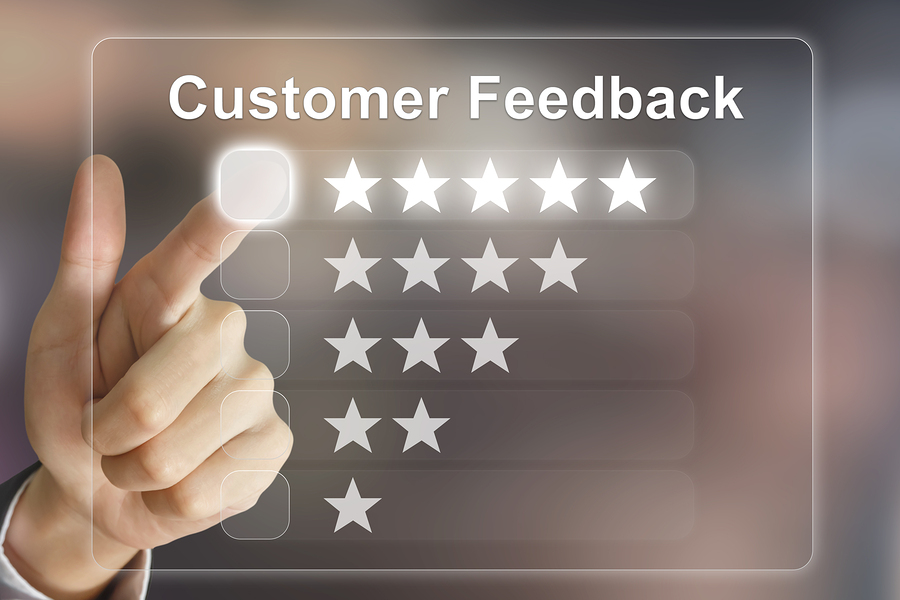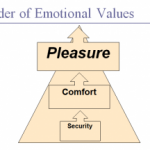Is your blog content writing appealing to both thinkers AND feelers? If you aren’t appealing to these two types of communication (and decision) styles, you’re missing half of your readership potential.
When I’m blogging, I like to cite studies whenever I write about a concept, to prove my point. In The Collected Works of C. G. Jung, Volume 6: Psychological Types, noted psychologist Carl Jung identified four primary functions of consciousness:
- Two perceiving functions: Sensation and Intuition
- Two judging functions: Thinking and Feeling
Based on this, Isabel Briggs Myers, and her mother, Katharine Briggs, developed a personality inventory (Myers-Briggs Personality Inventory). Many professionals use this tool to help match their communication styles to other preferences.
My communication and decision style leans toward facts and data – (hold the subjective, touch-feely, please.)
If you have been reading this blog for any length of time, you know that I “preach” the importance of keeping your readers’ needs in mind. So when I write, I picture my reader. Of course, being human, I tend to project myself on to my reader: You will want the facts, not just the personal factors. However, I know that all my readers are not like me. Read More→












